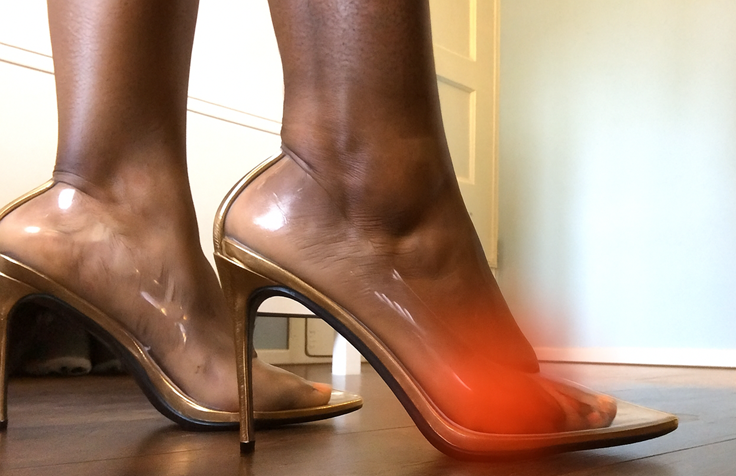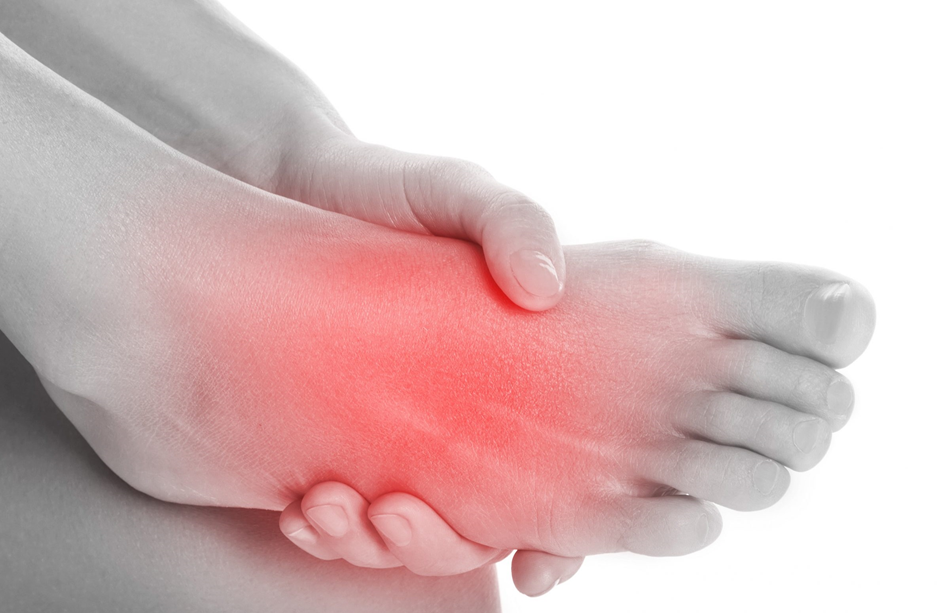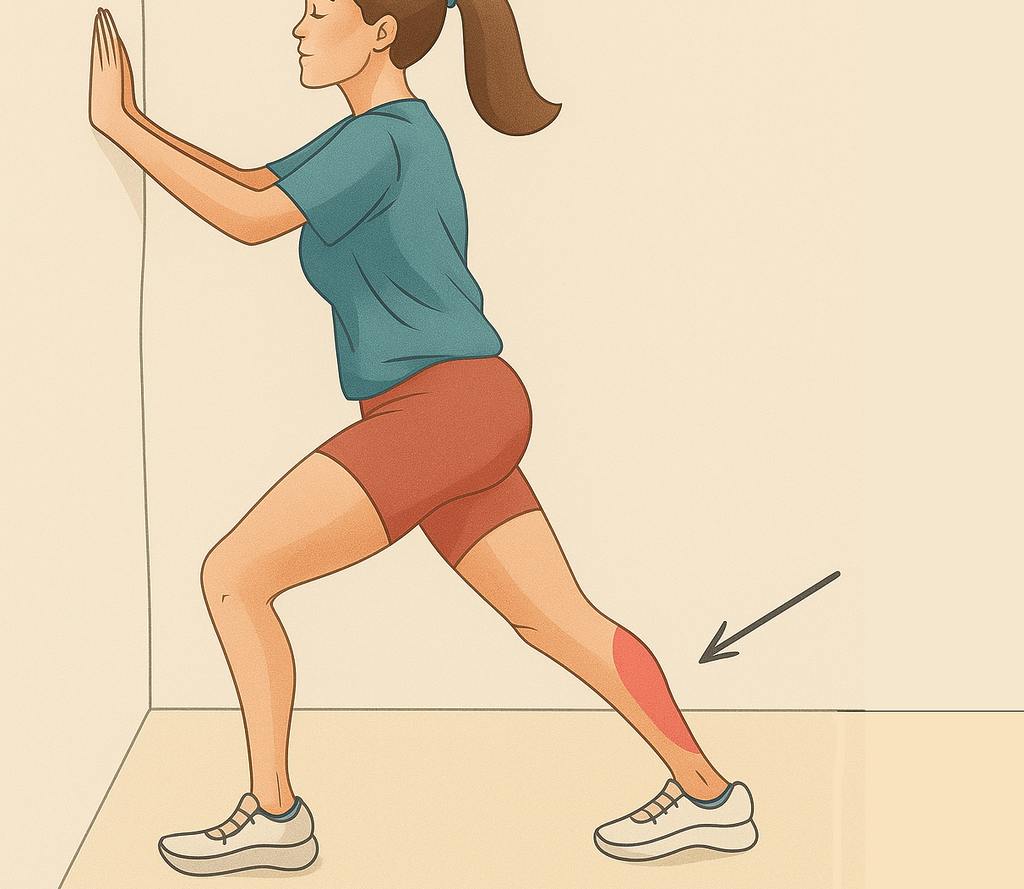Table of Contents:
Shoe orthotics are not your average comfort-enhancing insoles. They are medical-grade solutions to support your feet, posture, and alignment. Still, many people ask themselves: How do I know if I need shoe orthotics? The answer is real simple. When you are able to understand the root causes behind that persistent foot pain and the relevant signs, it becomes easier to know whether shoe orthotics would be a practical solution to avoid long-term pain and discomfort.
Constant Foot Pain
While there can be a plethora of causes behind your persistent foot pain, ignoring it should not be an option. Commonly, age, weight, injury, or medical conditions that affect posture or gait are the reasons for the stabbing pain you feel early in the morning. Whether it’s plantar fasciitis or some other medical issue affecting your feet, the excessive pressure on the feet can be easily redistributed with orthotics. Its use can correct your gait pattern and make walking a breeze.
Poor Shoe Wear
Have you noticed one side of your shoe wearing down faster, or one heel is more scuffed? These footwear issues can cause gait abnormalities (changes in your walking pattern). Besides changing worn-out footwear, shoe orthotics will keep your gait cycle in check.
Prolonged Standing
Whether standing on your feet for long work shifts or walking for extended periods, these routines only lead to burning heels and swollen arches. The increased muscle fatigue and swelling restricts the blood flow and can even decrease the elasticity of the tendons and ligaments in your feet. In this scenario, orthotics can promote blood circulation and reduce the stress on the posterior tibial tendon.
Foot Sprains
Although athletes, especially runners take extreme care measures during their practice sessions, sometimes, rugged terrain or fatigue can take it’s toll in the form of foot or ankle sprains. To prevent these sprains, orthotic insoles are a worthy and practical option to keep in mind as it will support your ankles, making the feet more stable.
Knee Pain
The Pain you experience in your knee and joints of your lower limb can be from poor feet alignment. When walking, each joint works like clockwork and any disturbance creates a ripple effect. For example, an issue with your knee joint can also be the cause of pain in your lower back. A visit to a podiatrist for orthotics or working on your feet alignment through physical therapy can work wonders here.
Diabetes With Foot Complications
People who have diabetes have to keep their blood sugar levels in check. If the blood sugar control is poor, the risk of complications and organ damage increases greatly. One complication related to poor diabetes control is peripheral neuropathy where the nerves in the feet lose their sensation, leaving the feet prone to cuts, pressure sores, blisters, and much more. It’s better to visit a podiatrist if you are considering using orthotics for managing these diabetic foot complications.
Recovery From Surgery
Many lower limb surgeries can affect how you carry your feet. One of the best examples is an ACL (anterior cruciate ligament) reconstruction surgery, which can easily change the gait, creating unnecessary pressure on joints and the feet. The swelling from this gait change further slows down the recovery process. If they notice poor posture, gait, and alignment, podiatrists and orthopedic surgeons can recommend orthotics in combination with adequate physical therapy sessions.
Visiting a Specialist
If you feel constant pain or notice any of the warning signs mentioned above, it’s better to consult a podiatrist (foot specialist) or an orthopedic doctor for better symptom assessment and a treatment plan.
The podiatrist will examine:
-
The alignment, arch, and height of your foot.
-
Walking or running pattern.
-
X-ray scans or use other diagnostic methods for an accurate diagnosis.
Depending on the issue, the podiatrist can suggest orthotics in combination with physical therapy.
Types of Orthotics You Might Need
|
Type |
Best Use |
Material |
|
Rigid Orthotics |
Motion Control, Foot Alignment |
Carbon fiber or plastic |
|
Semi-Rigid Orthotics |
Shock Absorption |
Composite materials |
|
Soft Orthotics |
Foot pressure relief |
Soft rubber, foam, gel |
|
Custom orthotics |
Severe foot deformities or personalized foot issues |
Custom-fit materials |
Breaking in Your Orthotics
Just like your feet need time to adjust to newly bought shoes, it will take some time to adapt to using orthotics. Take it slow, starting an hour a day and increase the time duration as you feel comfortable. It will take around a month to get used to. Most orthotics last from a year to up to five years, depending on the material used. Still, you should replace them if you find:
-
Cracks, tears, or wear marks
-
Flat arch or material compression
-
Pain is not resolving or is worsening
It isn't something you should ignore, whether it’s pain or discomfort, anywhere from your heels to your hips. Don’t wait for the pain to get worse, even if a few of these signs sound like you. It might be time to talk to a podiatrist (foot specialist) and try orthotics.
Frequently Asked Questions (FAQs)
Can Orthotics help with bunions?
Custom orthotics can significantly reduce the extra pressure on the big toe joint, slowing down it’s progression and improving treatment results.
Is a prescription required for orthotic insoles?
Although purchasing over-the-counter (OTC) orthotics doesn’t require a prescription, custom orthotics require assessment and a prescription from a certified healthcare professional.
Can children with foot issues use orthotics?
Sure, custom orthotics can be used for children to correct several foot issues.
Can I use my orthotic insoles with different shoes?
Why not, these orthotics are made to your shoe size and can practically fit into most shoes.





